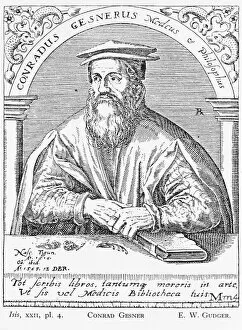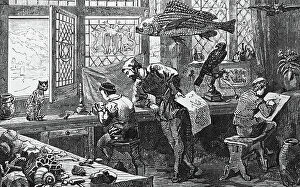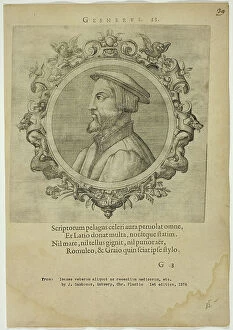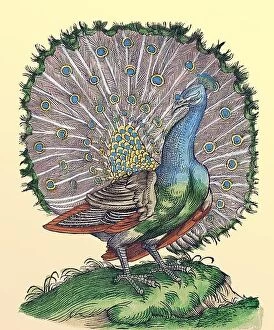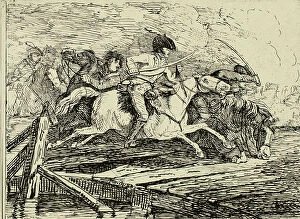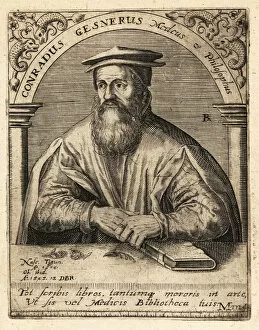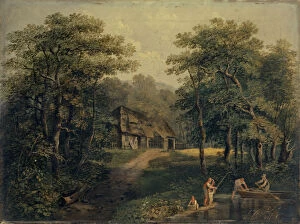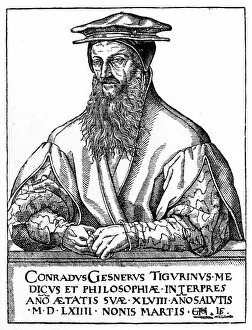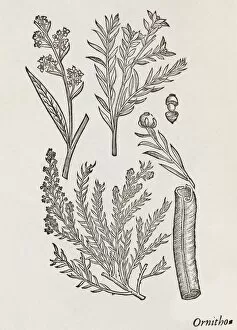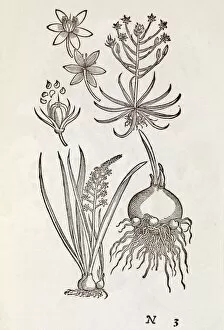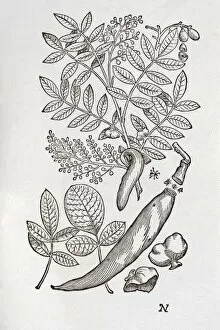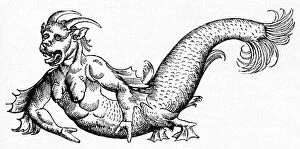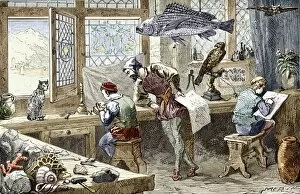Conrad Gessner Collection
Conrad Gessner (1516-1565) was a Swiss physician and naturalist who made significant contributions to the fields of botany, zoology, and medicine
For sale as Licensed Images
Choose your image, Select your licence and Download the media
Conrad Gessner (1516-1565) was a Swiss physician and naturalist who made significant contributions to the fields of botany, zoology, and medicine. His work has left an indelible mark on the scientific community. C. Gesner, as he is sometimes referred to, lived during the 16th century and his legacy continues to be celebrated even today. Despite being born over 500 years ago, his impact on our understanding of the natural world remains relevant. Gessner's dedication to documenting various species is evident in his illustrations found in Historiae animalium liber II: De Quadrupedibus. One such illustration features a chameleon, showcasing his meticulous attention to detail. Not only did Gessner focus on animals but also plants; he documented various species including the cinnamon plant, ornithogalum plant, and terebinth plant. These botanical illustrations provide valuable insights into the flora of that era. His passion for knowledge extended beyond mere documentation - Gessner was also a skilled physician who contributed greatly to medical research during his time. His expertise in both medicine and natural history allowed him to approach scientific inquiries from multiple angles. Today, Conrad Gessner's name lives on as a symbol of curiosity and dedication within the scientific community. His works continue to inspire generations of researchers striving for a deeper understanding of our world, not just another Swiss naturalist; he was an intellectual force whose contributions have stood the test of time. From his detailed illustrations depicting various species to his groundbreaking medical research, Gessner's influence can still be felt centuries later.

